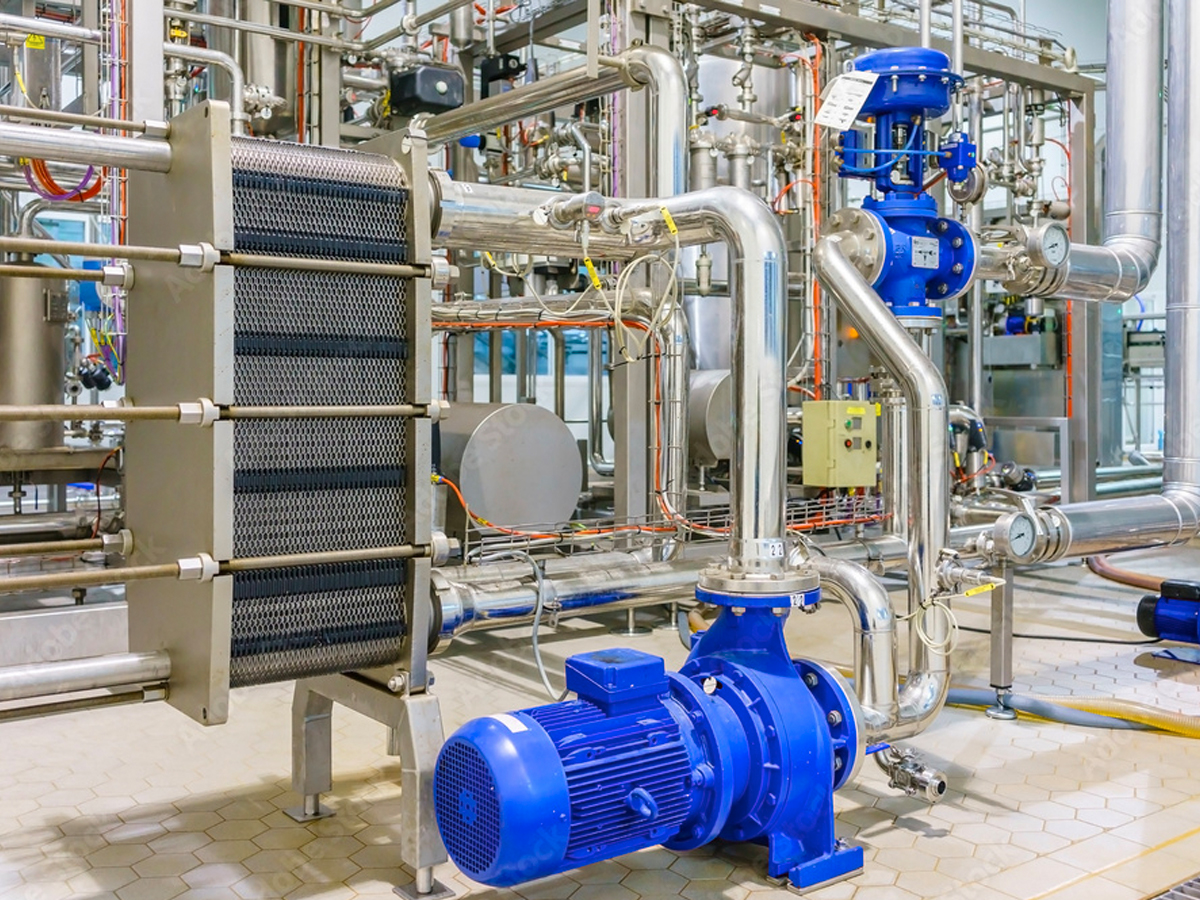Food Grade
Heat Transfer Oils
At Fluid Solutions Inc, our Food Grade Heat Transfer Oils play an important role in minimizing friction and wear on heat transfer systems, contributing to the efficient and hygienic operation of machinery in food processing industries.

Our lubricants carry authentic credentials and approvals from the NSF and, moreover, provide the required lubrication performance levels for your food processing equipment. You can explore our full range of industrial and food-grade lubricants on the Products page to find the ideal solution for your specific needs.



Frequently Asked Questions
What are Food Grade Heat Transfer Oils Used For?
Food grade heat transfer oils find extensive use in the food industry for applications such as frying, cooking, baking, and pasteurization. These oils are part of our specialized product lineup and ensure precise temperature control, uniform heating, and compliance with food safety standards.
What are Food Grade Heat Transfer Fluids?
A synonym for food grade heat transfer oils, heat transfer fluids are crucial in ensuring the efficient and safe transfer of heat in food processing applications. These fluids meet strict food safety standards, preventing any compromise in the quality or safety of the end product.
What are Heat Transfer Oils Made Of?
Heat transfer oils are typically composed of a base oil and additives. The base oil can be mineral, synthetic, or a blend, while additives enhance the fluid's thermal stability and overall performance.
What are the Principles of Heat Transfer in Food Processing?
The principles of heat transfer in food processing involve the controlled application of heat to achieve specific outcomes, such as sterilization, cooking, or preservation. Food grade heat transfer oils contribute to these principles by providing a stable and efficient medium for transferring heat in a controlled manner.
What is the Purpose of Heat Transfer Oil?
The primary purpose of heat transfer oil is to facilitate the transfer of heat in systems where direct heating by flame or electrical elements may not be practical or safe. In the food industry, heat transfer oils play a crucial role in processes like heating, cooking, and maintaining precise temperatures during production.
